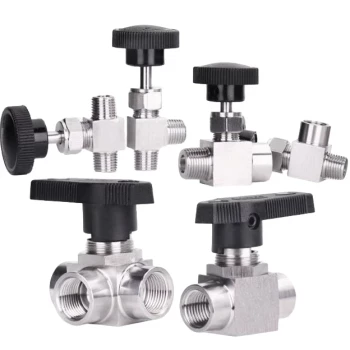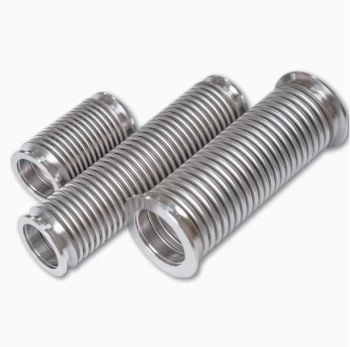A tube furnace is a specialized heating device designed for precise temperature control and uniform heat distribution, primarily used in laboratories and industrial processes. It consists of a cylindrical furnace tube where samples are placed, surrounded by heating elements for optimal thermal performance. The design includes components like the furnace body, heating elements, temperature control system, and often a gas circulation system for controlled atmospheres. Tube furnaces are versatile, catering to applications such as thermal analysis, catalyst testing, and materials synthesis, with features like split designs for easy access and advanced insulation for efficiency.
Key Points Explained:
-
Definition and Purpose of a Tube Furnace
- A tube furnace is a heating device engineered for high precision in temperature uniformity and control.
- It features a cylindrical work vessel (furnace tube) where samples are heated, making it ideal for processes like annealing, sintering, and chemical vapor deposition.
- Unlike a benchtop furnace, which is compact for general lab use, tube furnaces are often larger and tailored for specific high-temperature applications.
-
Core Components and Design
- Furnace Tube: The central chamber, typically made of quartz, alumina, or metal alloys, depending on temperature and chemical resistance requirements.
- Heating Elements: Positioned around the tube to ensure even heat distribution, often using materials like Kanthal or silicon carbide.
- Temperature Control System: Uses thermocouples for real-time feedback and programmable logic controllers (PLCs) to maintain precision (±5°C or better).
- Gas Circulation System: Optional for creating inert or reactive atmospheres, critical for processes like vacuum brazing or crystal growth.
-
Key Design Features
- Sealed or Split Configurations: Some models have a split design for easy sample access, while others are sealed to isolate samples from contaminants.
- Insulation: Double-shell structures or advanced refractory materials minimize heat loss and improve energy efficiency.
- Safety Mechanisms: Overheat protection and robust construction (e.g., metal alloy casings) ensure durability under high temperatures.
-
Applications and Advantages
- Versatility: Used in research (e.g., catalyst testing) and industry (e.g., ceramics sintering).
- Controlled Environments: Gas systems enable oxygen-free or reactive atmospheres, reducing contamination risks.
- Efficiency: Fast heating/cooling rates and uniform temperatures enhance process reproducibility.
-
Comparison to Other Furnace Types
- Unlike muffle furnaces, which enclose samples in a sealed chamber, tube furnaces allow for continuous gas flow or vacuum conditions.
- Split designs differentiate them from traditional benchtop models, offering flexibility for larger or elongated samples.
By integrating these design elements, tube furnaces meet stringent thermal requirements while adapting to diverse scientific and industrial needs. Their modularity and precision make them indispensable in fields demanding controlled high-temperature environments.
Summary Table:
| Component | Function |
|---|---|
| Furnace Tube | Cylindrical chamber for samples, made of quartz, alumina, or metal alloys. |
| Heating Elements | Ensures uniform heat distribution (e.g., Kanthal, silicon carbide). |
| Temperature Control | PLCs and thermocouples maintain precision (±5°C or better). |
| Gas Circulation System | Enables inert/reactive atmospheres for processes like CVD or crystal growth. |
| Safety Mechanisms | Overheat protection and durable casings for high-temperature operation. |
Upgrade your lab with precision heating solutions!
KINTEK’s tube furnaces combine advanced R&D and in-house manufacturing to deliver tailored high-temperature systems for materials synthesis, thermal analysis, and more. Our customizable designs—including split configurations, gas flow control, and ultra-fast heating—ensure reproducibility and efficiency for your unique requirements.
Contact us today to discuss your project needs and explore how our Muffle, Tube, and Vacuum Furnaces can elevate your research or production processes.
Products You Might Be Looking For:
High-vacuum observation windows for real-time monitoring
Rotary PECVD systems for thin-film deposition
Precision vacuum valves for controlled atmospheres
MPCVD reactors for diamond synthesis
Vacuum feedthroughs for high-power applications



















